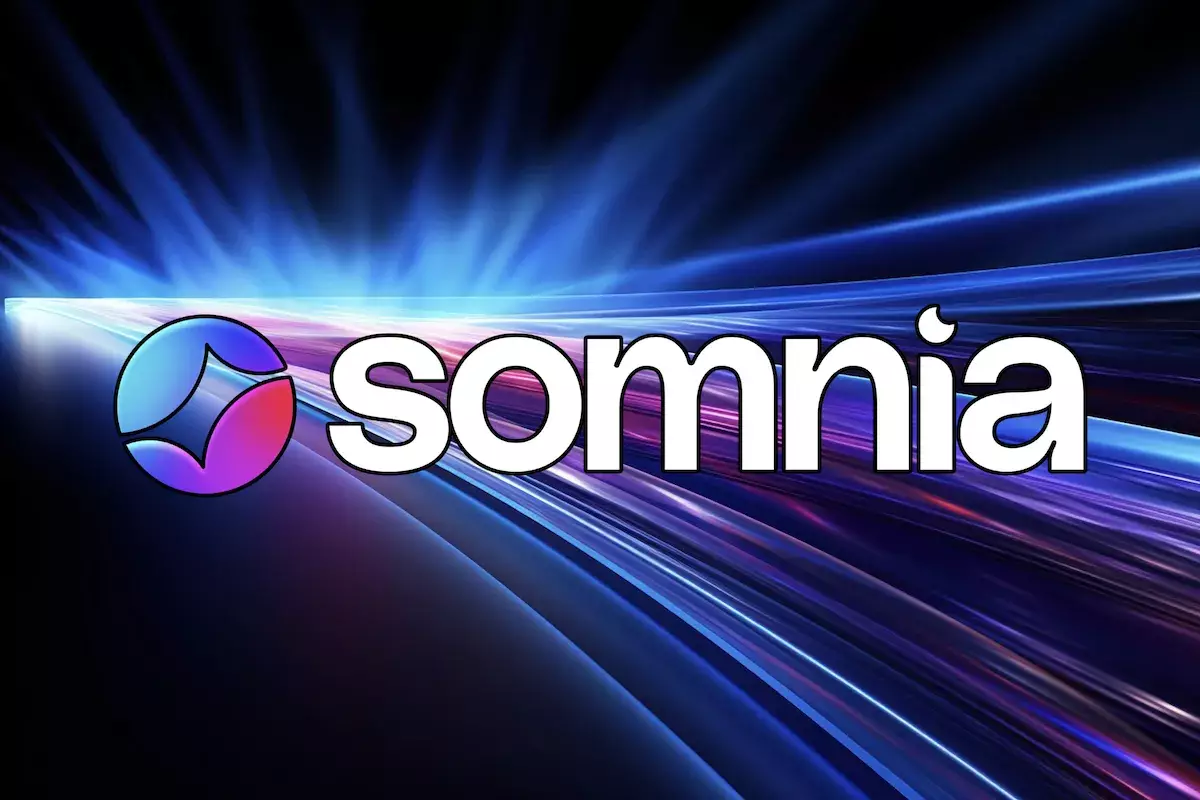Blockchain technology has garnered immense attention over the past decade, primarily due to its potential to revolutionize various sectors, from finance to gaming. Recent advancements by Somnia, a cutting-edge Layer-1 blockchain, are sending ripples through the industry, challenging preconceived notions about blockchain limitations. With astonishing performance metrics showcased in their latest Devnet tests, Somnia is poised to become a frontrunner in the quest for speed, reliability, and cost-effectiveness.
The results from Somnia’s testing phase reveal a striking capability to execute approximately 1.05 million ERC-20 token transfers per second (TPS) under a simulated environment that reflects typical user activity. This remarkable figure is not just a number; it holds immense implications for developers seeking to create decentralized applications (dApps) that require rapid transaction speeds. In practical terms, this means that apps can offer seamless experiences even during peak usage demands, a hurdle that has historically plagued blockchain implementations.
Moreover, the system’s capacity to simultaneously mint 300,000 NFTs each second presents a new landscape for digital collectibles and non-fungible tokens. The importance of NFTs continues to grow, and the ability to manage such a high volume effectively could democratize access to digital ownership. At a notable average block time of 100 milliseconds, the Somnia blockchain opens up vast opportunities for real-time applications, which are essential for the evolving digital economy.
Another significant highlight from the Devnet results is Somnia’s capacity to facilitate 50,000 Uniswap trades per second across a vast network of 100,000 accounts. This statistic not only serves as a testament to Somnia’s scalability but also illustrates its robustness in a decentralized trading context. Uniswap, known for allowing token swapping without intermediaries, thrives on speed and efficiency. The performance displayed in testing suggests that Somnia could serve as a reliable infrastructure for high-frequency trading and other resource-intensive activities, shifting the expectations of decentralized trading platforms.
Conducted using a high-performance setup that involved 100 nodes equipped with robust hardware configurations—32 virtual CPUs and 120GB of RAM—the testing results underscore Somnia’s commitment to achieving low network delays, averaging around 900 milliseconds. This efficiency translates to real-world viability, positioning Somnia as a contender capable of handling surges in user activity without the typical latency associated with blockchain technologies.
Central to Somnia’s impressive capabilities is its innovative architecture designed by Improbable. The implementation of a custom Ethereum Virtual Machine (EVM) plays a pivotal role in how transactions are processed, specifically tailored to achieve exceptional speed metrics. Coupled with advanced compression methods, this architecture enables scalability without sacrificing transaction cost efficiency, thereby appealing to developers focused on developing next-gen dApps.
The introduction of IceDB, a swift database system with read-and-write speeds measured in nanoseconds, further enhances transaction execution efficiency. This radical speed (between 15 to 100 nanoseconds) ensures that transaction fees remain minimal, ideally positioned to attract developers wary of the high costs typically associated with blockchain technology.
As Somnia stands on the cusp of launching its public testnet, the ripple effect of its Devnet success is expected to draw a wave of early adopters eager to explore its capabilities. Developers across various domains—including gaming, social media, finance, and beyond—are set to experiment with building applications on this new platform without the fear of slow processing times or exorbitant fees. The potential for innovation is immense, as the barriers restricting blockchain functionality continue to dissolve.
In a statement regarding the groundbreaking results, Somnia’s CEO, Paul Thomas, expressed a commitment to ongoing technological advancement. His declaration that these findings reflect a shift towards fully on-chain applications captures the essence of Somnia’s mission: to create a blockchain ecosystem where speed and scalability are no longer hindrances to developers.
Somnia embodies a paradigm shift in blockchain technology, presenting not only a solution to existing deficiencies but also opening doors to new possibilities within the burgeoning Web3 landscape. The future appears promising as it endeavors to redefine digital interactions through high-performance applications, sparking a new era of blockchain innovation.


Leave a Reply